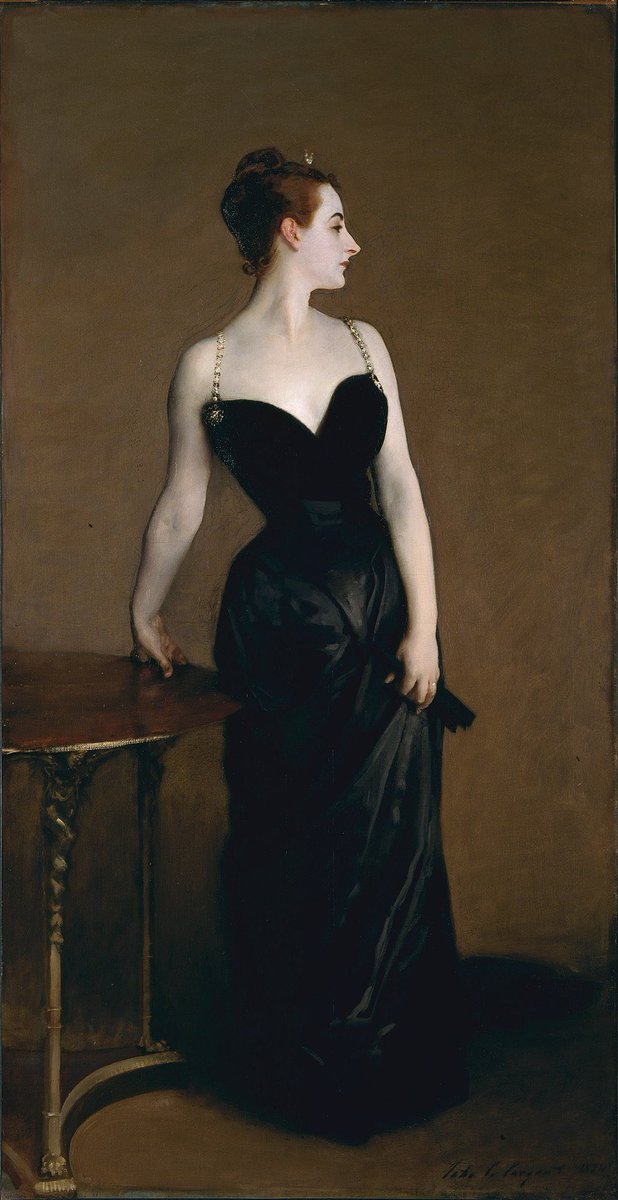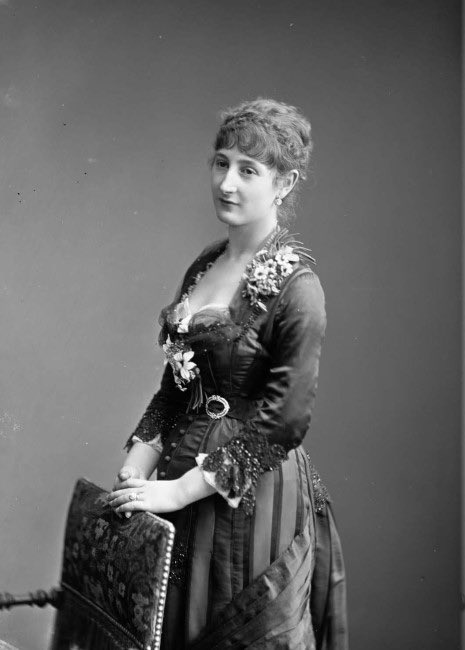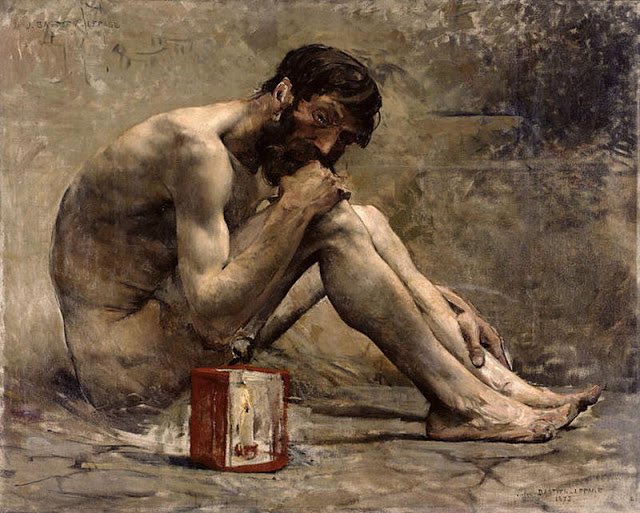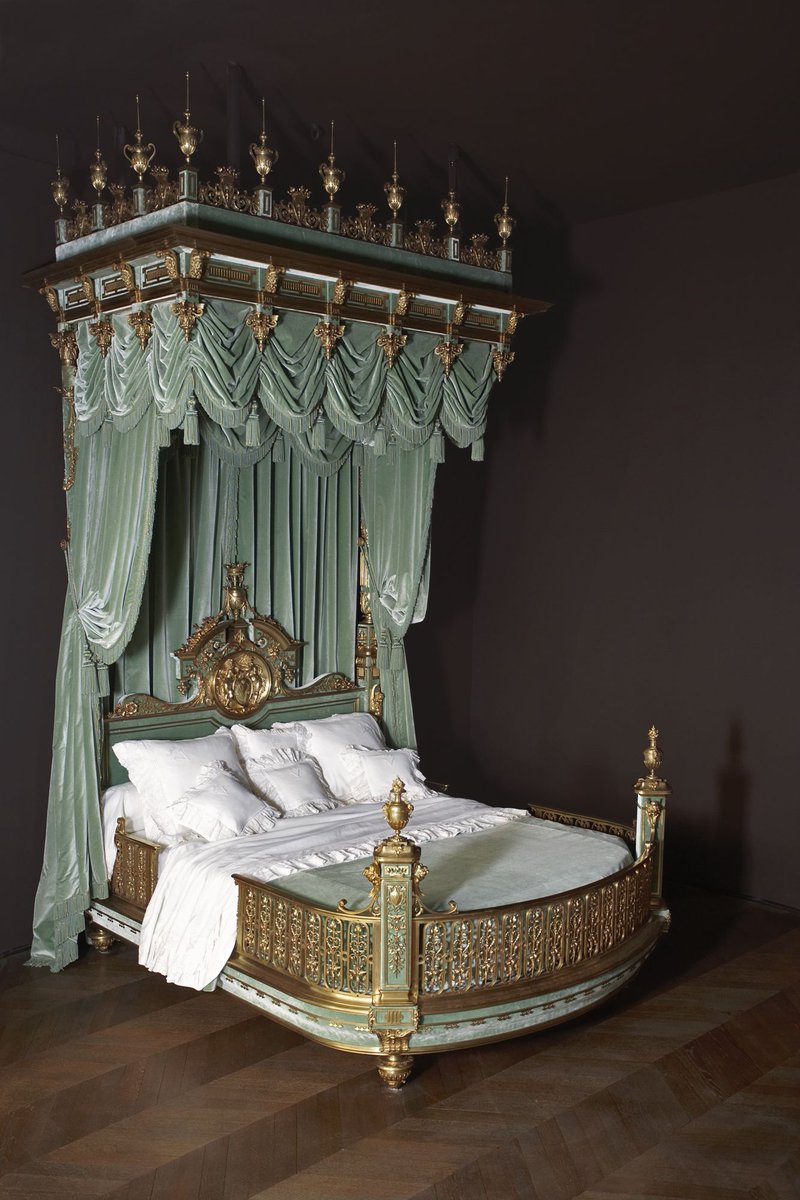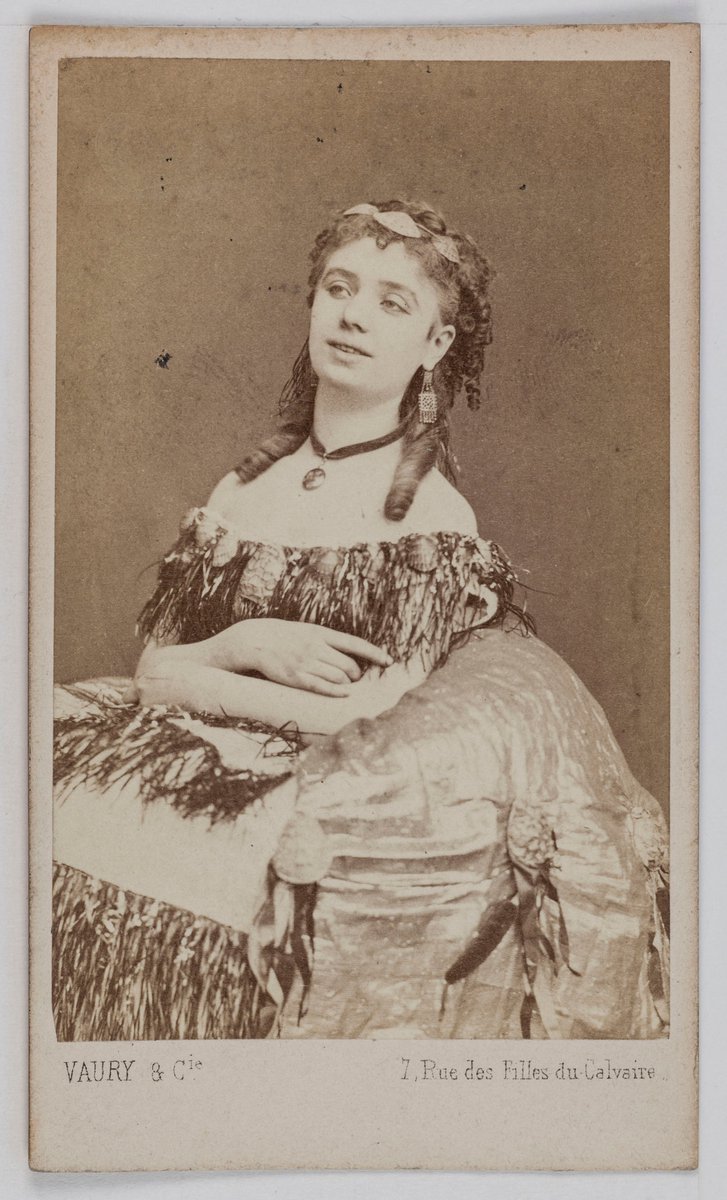
Edit. “The Hangover”, by Henri de Toulouse-Lautrec. (As you may have guessed, I am slightly hungover.) I think we need a drinking / hungover art thread to help me out. Here are some of my favs, hit me up with yours below!
Antonio Casanova y Estorach, Monk Testing Wine (1886)
Antonio Casanova y Estorach, Monk Testing Wine (1886)

• • •
Missing some Tweet in this thread? You can try to
force a refresh






